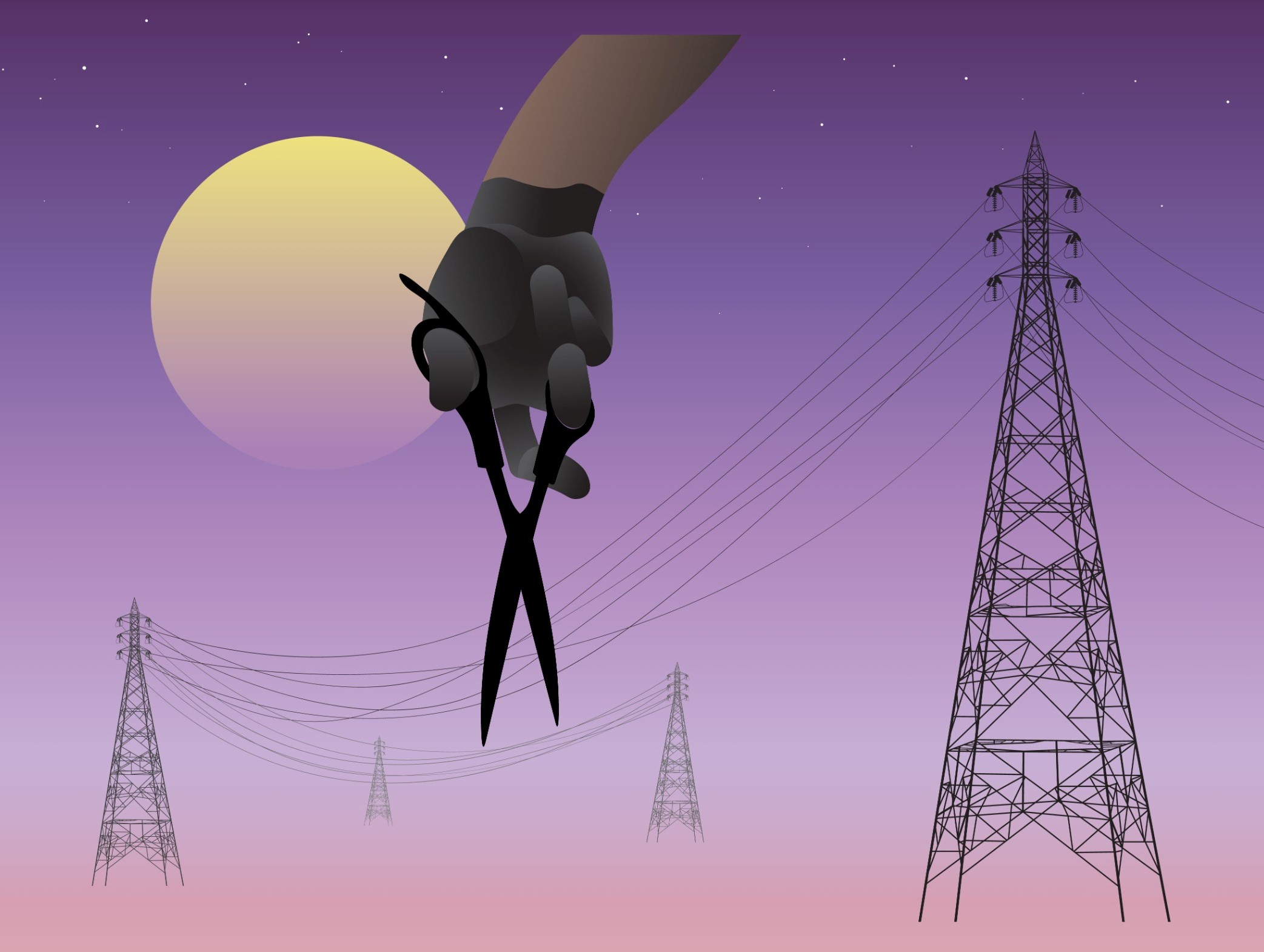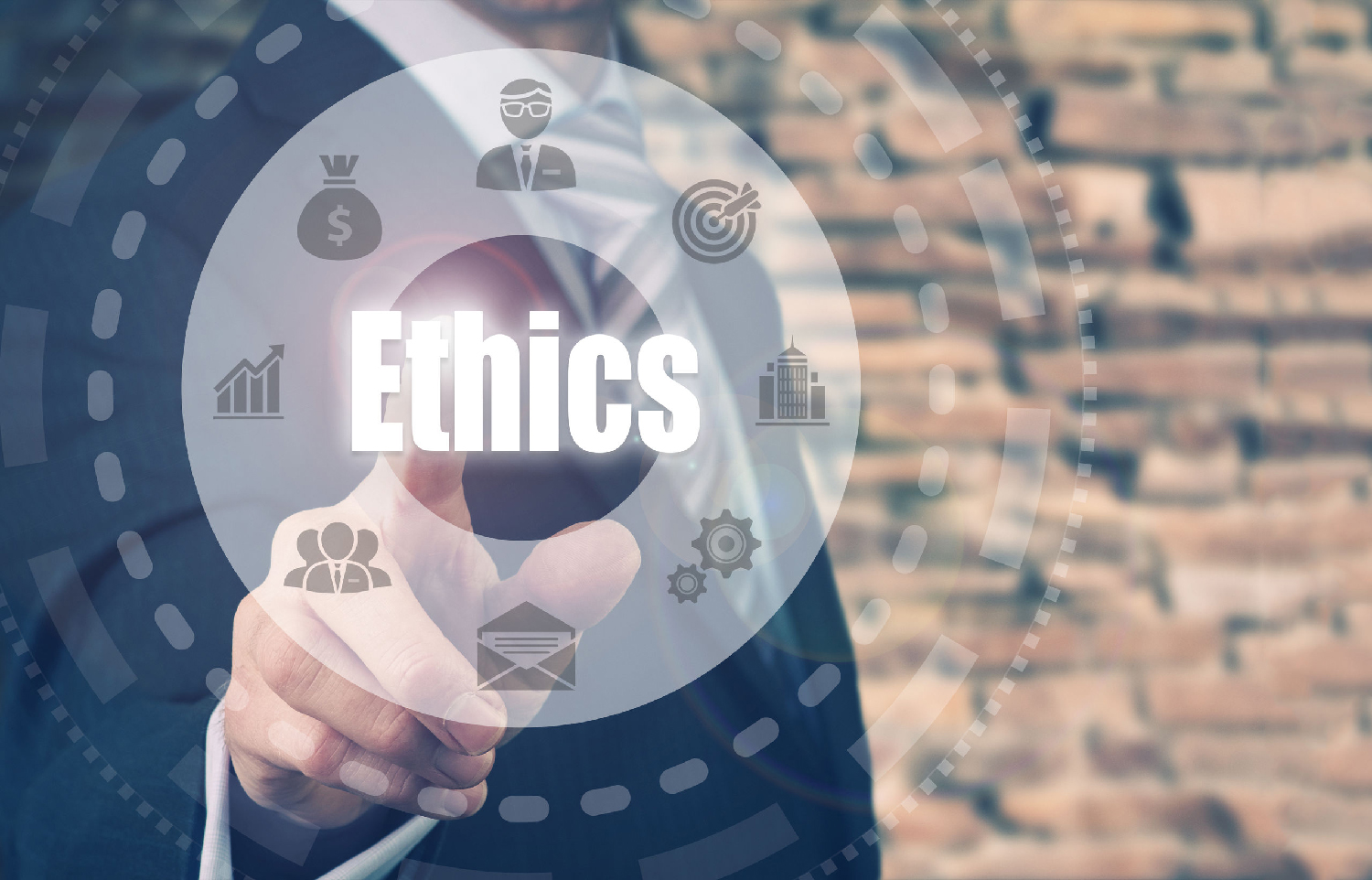 This is the third article in a series about Blockchain technology and its implications. The first, in June, was an introduction, and the second, in July, was how Blockchain works and its role in creating digital trust. This article is about your likely first contact.
This is the third article in a series about Blockchain technology and its implications. The first, in June, was an introduction, and the second, in July, was how Blockchain works and its role in creating digital trust. This article is about your likely first contact.
As small businesses have increasingly become vertically integrated with Big Business customers, they’ve had to step up their Main-Street-Mom-and-Pop game to become more sophisticated while continuing to be nimble, quick, versatile, and efficient. With this integration, larger customers have notified smaller partners of their evolving expectations, as driven by macro events and trends.
Consequently, over the past 25 years, millions of small businesses have received letters requiring compliance with four of those macro markers: [Continue Reading]

 This year marks an ignominious 20th anniversary. On August 13, 2003, a single outage in the electric grid cascaded across eight northeastern states, putting 55 million people in the dark for days, and thousands of businesses out of business. The Great Blackout of ’03 was a catastrophic reminder that we’re all one nosy squirrel in a transformer away from an instantaneous, put-you-out-of-business event.
This year marks an ignominious 20th anniversary. On August 13, 2003, a single outage in the electric grid cascaded across eight northeastern states, putting 55 million people in the dark for days, and thousands of businesses out of business. The Great Blackout of ’03 was a catastrophic reminder that we’re all one nosy squirrel in a transformer away from an instantaneous, put-you-out-of-business event. One of the greatest products of human society is the marketplace. Webster defines it as a place where goods and services are offered for sale.
One of the greatest products of human society is the marketplace. Webster defines it as a place where goods and services are offered for sale. As arrogant occupants of 21st-century Earth, who can rightly boast of creating exciting innovations, like the computer, talking paint, and the margarita blender, it serves us to believe we’re also the more enlightened generation.
As arrogant occupants of 21st-century Earth, who can rightly boast of creating exciting innovations, like the computer, talking paint, and the margarita blender, it serves us to believe we’re also the more enlightened generation.
